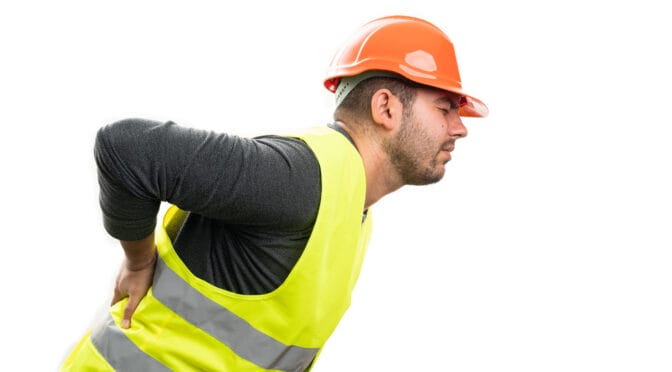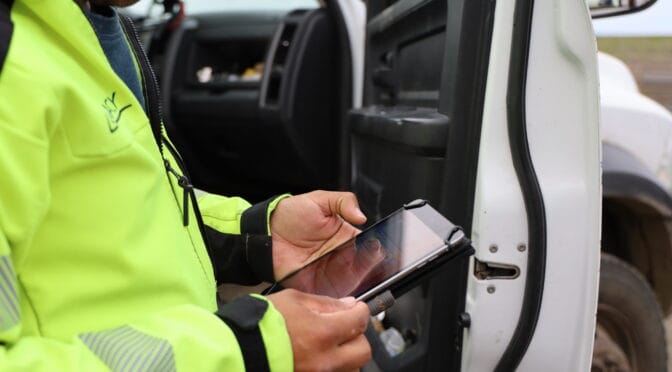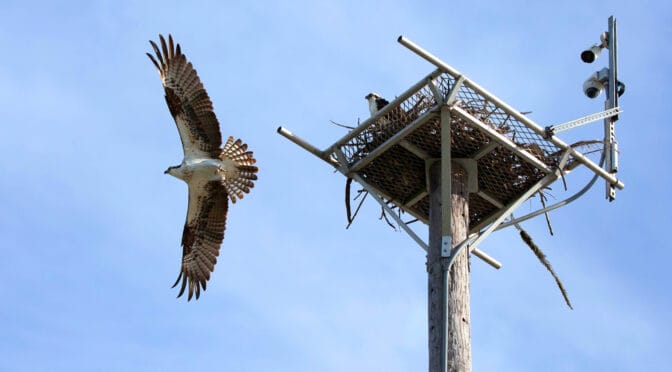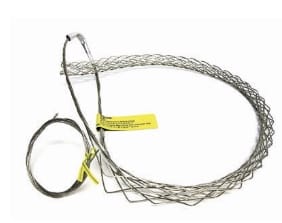Struck-by incidents are the 2nd leading cause of death among construction workers, and the leading cause of nonfatal injuries in the construction industry. Due to these facts, next week OSHA is calling for a national stand-down to prevent struck-by incidents. You might wonder what OSHA means when it categorizes an incident into this category. Simply put, workers that are struck-by foreign objects; the three most common being struck-by flying, falling, and swinging objects. Let’s take a moment to dive into these.
Before we get any further, we wanted to provide you with the key takeaways for today’s topic:
- Stay out of the line of fire
- Remember the three T’s (topped, trapped, and tethered)
- Be aware of your surroundings.
STAY OUT OF THE LINE OF FIRE
An injury by a flying object can happen in several ways. A flying object hazard exists when something has been thrown, hurled, or is even propelled across a work location. It can also include when a piece of material that separates from a tool, machine, or piece of equipment striking a worker and causing injury or even resulting in a fatality. Examples of a struck-by flying object can include being struck by tools that have been thrown, debris that has been thrown, or even a tip flying off a saw blade as you are using it. Protecting yourself from all forms of flying objects can sometimes be difficult. So, on top of staying out of the line of fire, don’t forget about your daily inspections as well as your PPE.
REMEMBER THE THREE T’S (TRAPPED, TOPPED, AND TETHERED)
When I first got in the industry, it didn’t take long before I was introduced to my first headache. I’m not talking about an I need some Tylenol headache. I’m talking about something being dropped from elevation and someone yelling “HEADACHE” as a warning to those that were below. Luckily, this isn’t as prevalent as it was 15 years ago thanks to the previously mentioned bullet point. The truth is that if you don’t practice the three T’s, you are at risk or you are putting someone else at risk of severe injury. A quick glance around the jobsite should reveal if these hazards are present. As a competent person on the jobsite, it is your responsibility to ensure this hazard is properly mitigated. With the recent release of the Employee Safety & Health Program, we have included a Falling/Flying Object policy that goes into great detail on how to systematically approach this hazard and mitigate a falling object from even happening in the first place.
BE AWARE OF YOUR SURROUNDINGS
Swing hazards come in several different forms. A swing hazard can be the super structure of a crane or MEWP or it can be a load that is being lifted that is forced into the structure as a result of a sudden wind gust. To address this hazard head on, we must always identify those areas where a swing hazard is or could be present and remain aware of your surroundings. There are additional things that we should do to help others be aware as well such as utilizing a warning line system, danger tape, a barricade or even a designated spotter.
If you would like more information on this topic or any other safety-related topic, please reach out to the Ontivity safety team at safety@ontivity.com, and we will get you taken care of.









